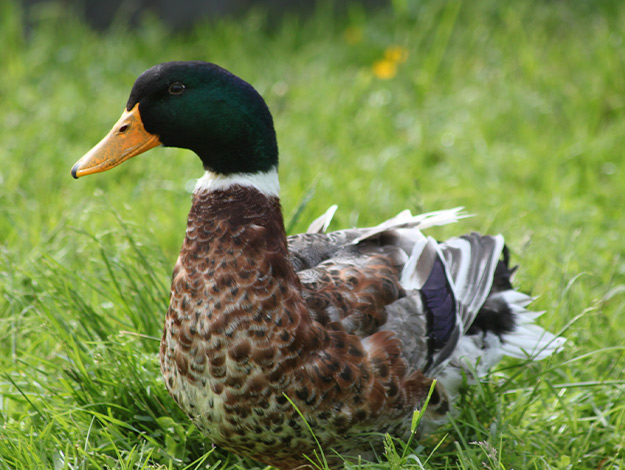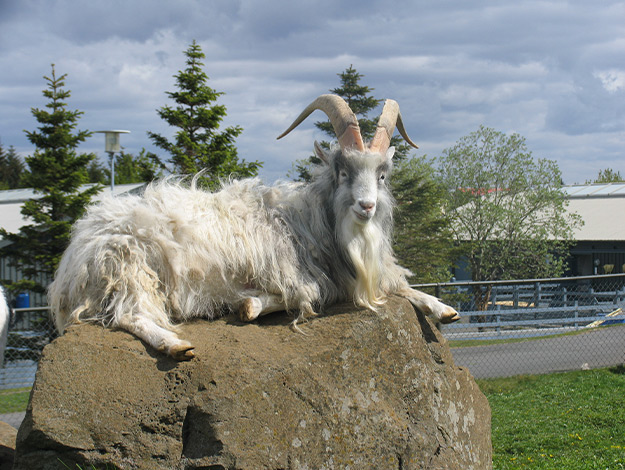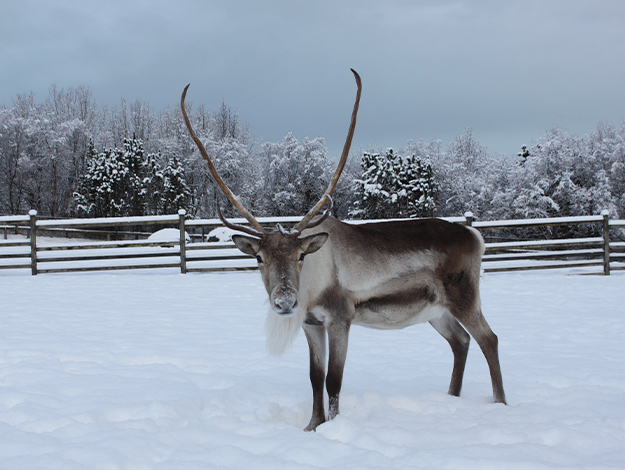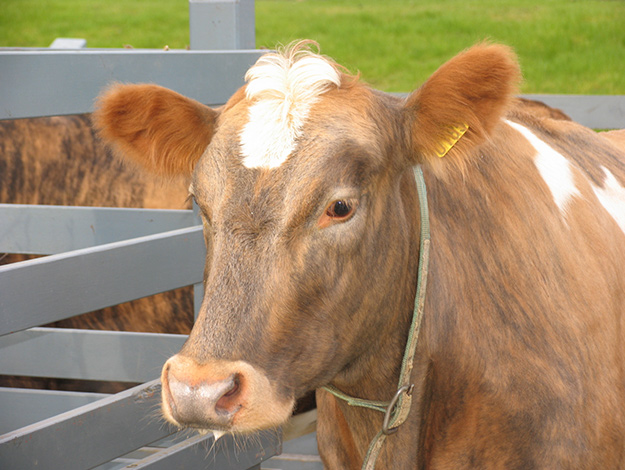The domestic goat is similar to the Icelandic sheep in size, although it is more lightly built. Settlers brought goats to Iceland, but they seem to have only taken a few with them and the population remained small. It increased however during the great depression in the 1930´s and were estimated to have been around 3000 at that time. Goats became popular as domestic animals for low income families that lived in urban areas, so they could have fresh milk for their children. The goats got the nickname poor man’s cow, as they can milk up to two liters per day and don’t need as much fodder as cows. The Icelandic goat population decreased after the depression, and in 1963 there were only around 100 goats in Iceland. Measures were then taken to increase the population and in 2020 there were 1.621 registered goats in Iceland.









